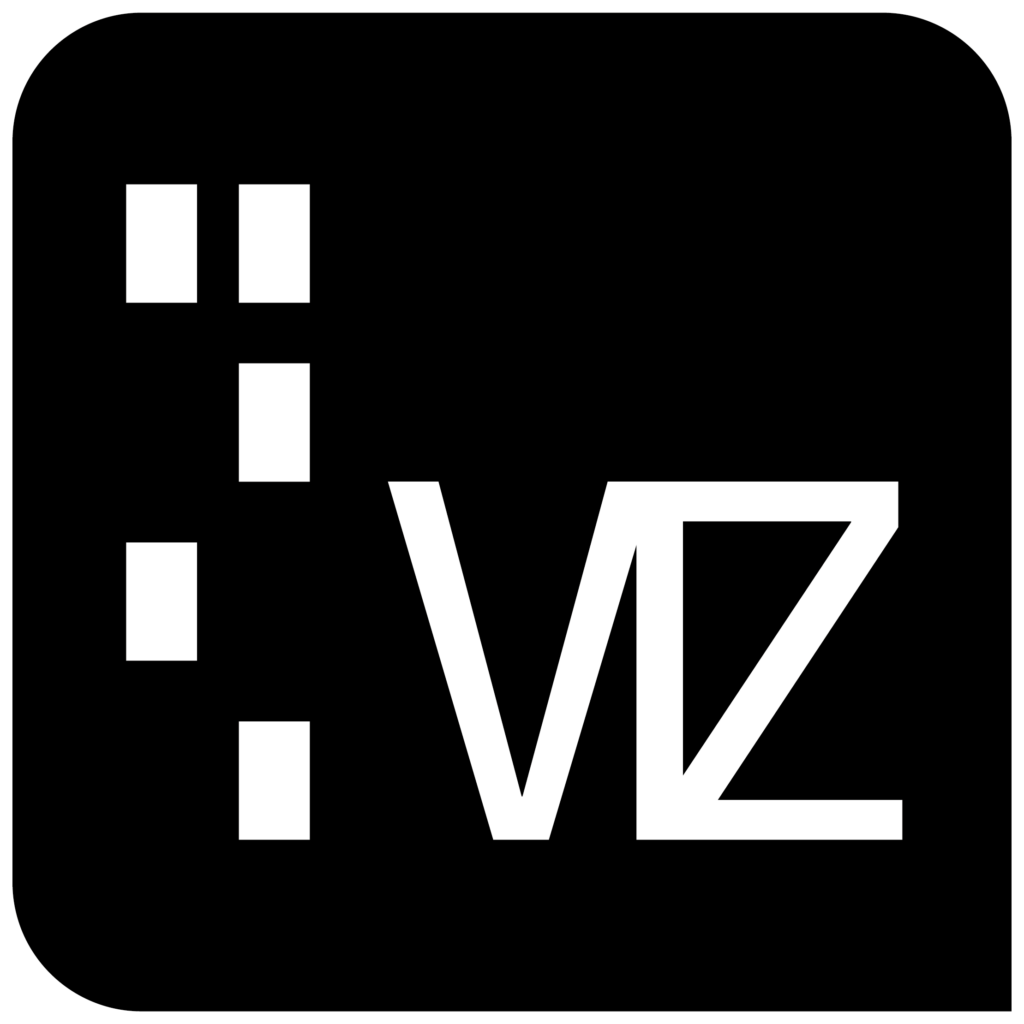
If your business sells products, then you absolutely need inventory tracking to help you monitor inventory levels and generate purchase receipts. Many cloud accounting software limits inventory management to more expensive, higher-tier plans, so be prepared to pay extra for this feature. If your business relies on sending invoices and accepting payments, then definitely check out FreshBooks. This cloud accounting software makes it very easy to create customized, professional invoices and send them to clients, then accept full or partial payments through credit cards and ACH payments. Users can send reminders, charge late fees and accept multiple currencies all within FreshBooks or you can connect to several major payment gateways. The software is designed for small business owners who don’t have an accounting background.

If you have questions about how the platform works, schedule a demo call with the sales team so that an expert can walk you through the software. When searching for the best cloud accounting software for your needs, set your budget and make a list of your must-have features. Also consider whether you want to choose an accounting software https://www.bookstime.com/articles/quickbooks-accountant that can scale with your needs for many years or if you’re okay with choosing something that works for now and potentially switching platforms later down the line. Payment processing tools, payroll service, and other accounting software add-ons can simplify the process of accepting invoice payments online and paying your employees.
What is cloud accounting software?
Use Xero to work with your employees, bookkeeper, or accountant online, even if you’re on opposite sides of the world. Invite your advisor to work with you on the online accounts anywhere, anytime. This concentrated on the financial aspects, such as the starting monthly and annual prices, as well as the availability of a forever-free version, a free demo, a free trial of any paid plans and the duration of such a trial. Small businesses may be able to find a less expensive basic plan, while larger businesses may need to upgrade to a more expensive standard or premium plan. Small businesses seeking a detailed desktop-based system with optional cloud flexibility. QuickBooks is a good choice for freelancers and small businesses that need a simple way to track expenses, organize receipts and log mileage.
Xero is a powerful online accounting software solution for small businesses. Run things smoothly, keep tidy online bookkeeping records, and make compliance a breeze. Xero is a good choice for small businesses that are looking for an accounting software with payroll capabilities. The software is also a good fit for businesses that are growing quickly and need to track projects.
Collaborate with your team and advisors
Best cloud accounting software for businesses needing an integrated ecosystem. Payroll is available for an extra fee, but it’s a modest monthly commitment. One drawback of the payroll functionality is that there is no built-in payroll tax payment system for 36 states, so businesses located in those states will have to file monthly and quarterly reports and payments manually. However, employees log in to cloud accounting Wave directly to access pay stubs and Forms W-2, which simplifies the overall payroll process significantly for small businesses. The clean, intuitive dashboard simplifies the reporting process—most of the necessary information is right there, readily available in real-time. All reports are customizable, and Xero includes a drag-and-drop feature that makes the customization process quick and painless.
Cloud accounting solutions also allow employees in other departments, remote or branch offices to access the same data and the same version of the software. Cloud-based accounting software is hosted online, so you don’t need to buy a program to install it on your computer. In this era of digital transformation, the distinction between a public site and a private site within the Microsoft Power Platform holds profound significance. While public sites act as virtual hubs accessible to a wide audience, private sites operate as exclusive realms restricted to authorized users. The ability to transition between these modes isn’t just a technical feature but a strategic decision that can impact information dissemination, collaboration, and data security. With a meticulous exploration of these concepts, this blog sets out to empower users with the knowledge needed to master site visibility within the intricate tapestry of the Microsoft Power Platform.
